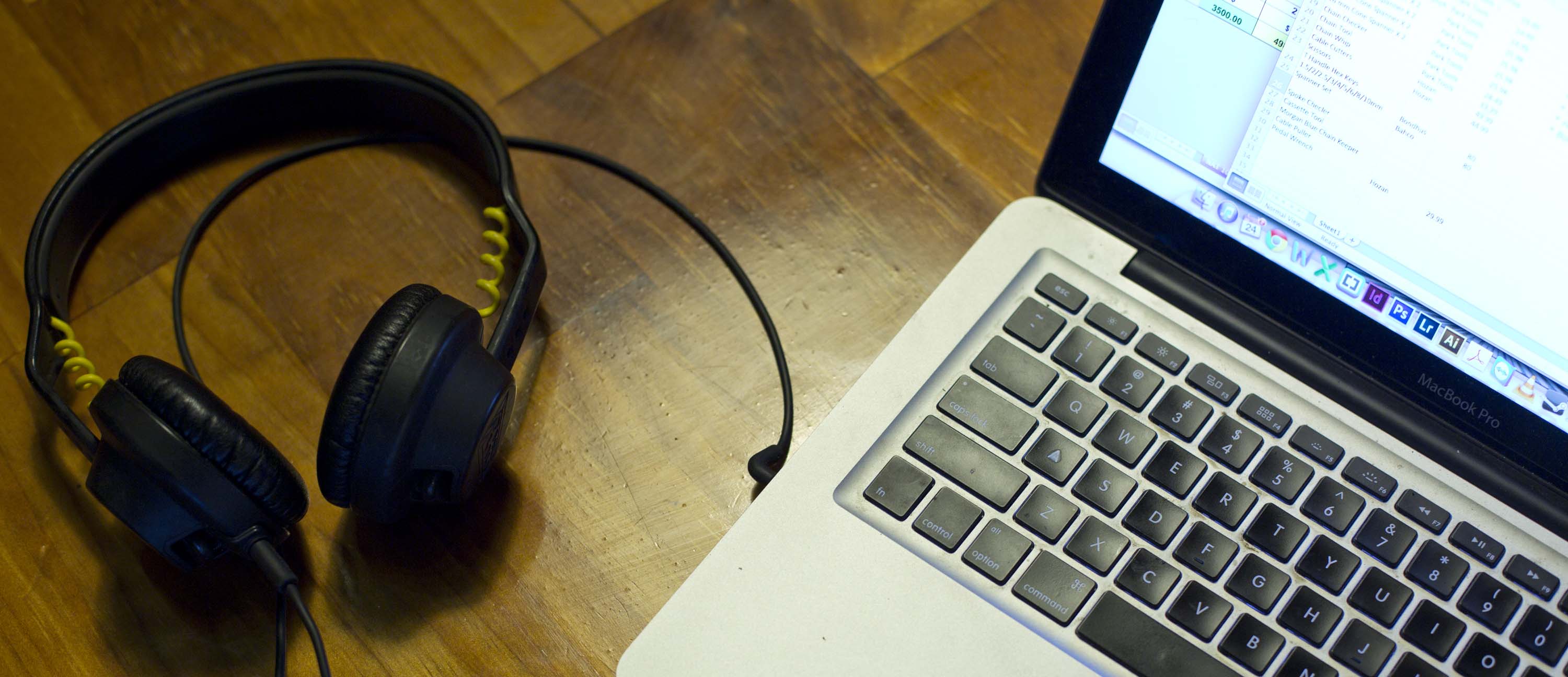

When a browser engine is requested to browse to a JavaScript URL, it will execute the accompanying JavaScript without reloading the DOM. This is often handy in specifying event handlers for UI controls within the web page. This protocol scheme is used to specify a sequence of JavaScript statements to be executed by the JavaScript engine within the browser context. The syntax for the JavaScript protocol is JavaScript:sScript. The JavaScript protocol is of special interest to us for this topic.

Examples for protocol would be http, https, ftp, JavaScript, or karura ( karura://karura.js)-in our case, identifying our declared protocol scheme. The protocol can be any valid scheme as long as there is either a valid default handler registered in WebKit for that scheme or your application serves this scheme. If you recall the structure of a URL, it looks something like: scheme: The loadURL() function requests the WebView to load and execute the specified URL. Since, there is no direct API for this in WebKit, developers often use the loadUrl() function for this purpose.
#APP STORE APP WRAPPER WEBVIEW CODE#
Triggering JavaScript Functions from the Java LayerĪ key aspect of an hybrid application would be its ability to allow native code to call JavaScript APIs, for delivering data, callbacks, and events. loadDataWithBaseURL ( "", html, "text/html", "UTF-8", null ) toString () String imagePath = "file://" + base + "/logo.png" String html = "" html += "Loading files from SDCard" html += "/body>" html += "" WebView. Load local files from an SD card into the WebView without a given base URL: String base = Environment. loadDataWithBaseURL ( "file:///android_res/drawable/", html, "text/html", "UTF-8", null ) Load local files from res/drawable into the WebView with a given base URL: String html = "" html += "Loading files from res/drawable directory" html += "/body>" html += "" WebView. In the following sections, we will look at some of the techniques you can use to allow the web browser to load content from multiple sources. However, you may have to tweak the behavior of the WebView in certain cases, as the same origin policy would restrict the locations from which the content can be loaded within the web browser-for example, loading a local file on the filesystem. The above API will be used to create a data URL of the form data:, before it is loaded inside the WebView.Īndroid WebView provides a very flexible set of APIs to load documents from multiple sources. loadData ( data, "text/html", "UTF-8" ) String data = "" data += "Hello World" data += "Welcome to the WebView" data += "" // args: data, mimeType, encoding WebView. For all other values of the parameter, including null, it is assumed that the data uses ASCII encoding for octets inside the range of safe URL characters. If the data is base64 encoded, the value of the encoding parameter must be base64. The encoding parameter specifies whether the data is base64 or URL encoded. MimeType will denote the data type, which will be text/html. Using this technique, we can load normally separate elements such as images and stylesheets in a single HTTP request rather than multiple HTTP requests. The data URL scheme allows us to include data inline in web pages as if they were external resources. Let’s look at the loadData() API in a bit more detail: loadData ( String data, String mimeType, String encoding )ĭata specifies the data to be loaded, HTML markup in our case, into the WebView using the data URL scheme. You can request the WebView to render any valid HTML as a string using the loadData() method.


 0 kommentar(er)
0 kommentar(er)
